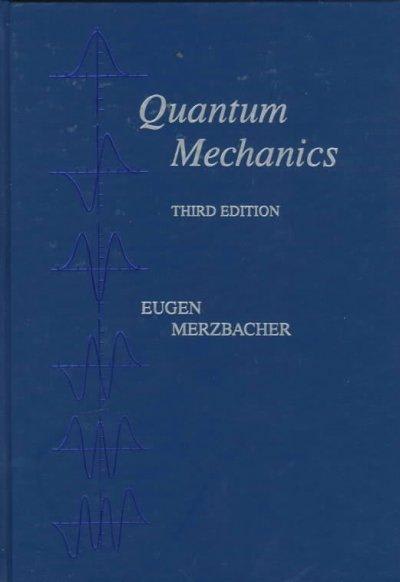Question
This is not a project and/or assignment for marks, as this is a textbook question, and will not be copying the tutors work. Since the
This is not a project and/or assignment for marks, as this is a textbook question, and will not be copying the tutors work. Since the purpose of this lab is to increase my knowledge and understanding in the topic of projectile motion, and to aid me a bit in the viewing of how to form a lab. Use the information provided already for you and you objective of this question is to increase and expand more informations on the topic of projectile motion using the guidelines, and the information shown already. Create new connections between the topic and add your own knowledge to the mix, because the more information the better I would get an understanding of the concept. Explain your observations and knowledge with good details of the topic, the more information the better.
GUIDELINES
- Title
- Abstract
- Introduction
- Methods and Materials
- Results
- Discussion
- Conclusions
- References
Title :
A study about projectile motion.
Abstract :
An experiment performed to analyze the effects of various factors like initial velocity, drag coefficient, gravity etc on the path and velocity of a projectile.
Introduction :
Projectile motion is the motion of an object thrown (projected) into the air. After the initial force that launches the object, it only experiences the force of gravity. The object is called a projectile, and its path is called its trajectory. As an object travels through the air, it encounters a frictional force that slows its motion called air resistance. Air resistance does significantly alter trajectory motion, but due to the difficulty in calculation, it is ignored in introductory physics.
The most important concept in projectile motion is that horizontal and vertical motions are independent, meaning that they don't influence one another. Since vertical and horizontal motions are independent, we can analyze them separately, along perpendicular axes. To do this, we separate projectile motion into the two components of its motion, one along the horizontal axis and the other along the vertical.
Methods and Materials :
For this experiment, we'll use an online simulator, its link is given below :
https://phet.colorado.edu/sims/html/projectile-motion/latest/projectile-motion_en.html
Materials needed for this experiment are :
Computer / Laptop,
Internet connection.
Results :
Table 1 : Gravity strength vs. max height
Control variables : Initial speed = 15 m / s, Launch angle = 50o, Mass = 17.6 kg, Diameter = 0.18 m.
| Gravity Strength ( m / s2 ) | Max Height ( m ) |
| 9.81 | 6.73 |
| 7.55 | 8.74 |
| 11.50 | 5.74 |
Table 2 : Initial speed vs. max range
Control variables : Gravity strength = 9.81 m / s2, Launch angle = 50o, Mass = 17.6 kg, Diameter = 0.18 m.
| Initial speed ( m / s ) | Max Range ( m ) |
| 5 | 2.51 |
| 10 | 10.04 |
| 15 | 22.59 |
Table 3 : Mass vs. max height
Control variables : Gravity strength = 9.81 m / s2, Initial speed = 15 m / s, Launch angle = 50o, Diameter = 0.18 m.
| Mass ( kg ) | Max Height ( m ) |
| 10 | 6.73 |
| 15 | 6.73 |
| 20 | 6.73 |
Table 4 : Diameter vs. max height
Control variables : Gravity strength = 9.81 m / s2, Initial speed = 15 m / s, Launch angle = 50o, Mass = 17.6 kg.
| Diameter ( m ) | Max Height ( m ) |
| 0.10 | 6.73 |
| 0.15 | 6.73 |
| 0.20 | 6.73 |
Discussion :
The projectile motion is found to vary when the gravity and initial speed are changed, but the mass and the diameter of the projectile have no effect on the motion of the projectile.
Conclusions :
A projectile motion depends on :
(i) gravitational acceleration,
(ii) initial speed,
(iii) launch angle.
The size, shape and mass of a projectile have no effect on the projectile motion.
References :
https://courses.lumenlearning.com/physics/chapter/3-4-projectile-motion/
https://openstax.org/books/physics/pages/5-3-projectile-motion
https://pressbooks.uiowa.edu/clonedbook/chapter/projectile-motion/
Step by Step Solution
There are 3 Steps involved in it
Step: 1

Get Instant Access to Expert-Tailored Solutions
See step-by-step solutions with expert insights and AI powered tools for academic success
Step: 2

Step: 3

Ace Your Homework with AI
Get the answers you need in no time with our AI-driven, step-by-step assistance
Get Started


